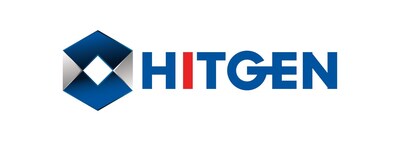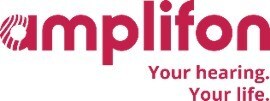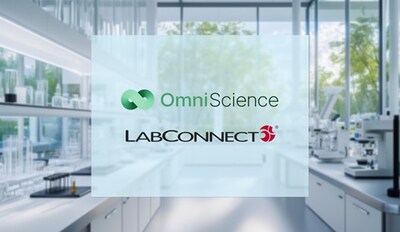 |
Brings Global Expertise in Accelerating Revenue Growth
PLANO, Texas, Sept. 15, 2025 /PRNewswire/ — Ribbon Communications Inc. (Nasdaq: RBBN), a global leader in real-time communications technology and IP optical networking solutions, today announced the appointment of Steve McCaffery as Executive Vice President of Global Sales, effective end of October, 2025. McCaffery will be based in the UK and report to CEO Bruce McClelland.
“As a global company operating in a dynamic marketplace, we continue to evolve our organization to ensure we have the strongest team to meet our customers’ evolving demands and to capitalize on emerging trends,” said Bruce McClelland, CEO of Ribbon. “Steve’s extensive relationships and experience leading through significant technological shifts, including the recent surge in data center investment to support wide-spread adoption of AI, will be a tremendous asset as we drive sustainable growth worldwide. I’m thrilled to welcome him back to Ribbon and look forward to his impactful leadership.”
McCaffery will leverage his considerable experience with Service Providers, Enterprise, Government, and Critical Infrastructure operators across many regions of the world in this new role. He brings a strong track record of helping customers navigate emerging technologies, including the opportunity-rich data center space. McCaffery has held senior roles at major corporations including Halo Technology (an Amphenol company), Motorola, Google, ARRIS and others. He previously served as head of APAC and EMEA sales at Ribbon from 2021 to 2023.
“This is an exciting and evolving time for our industry,” McCaffery said. “I look forward to working with Ribbon’s world-class sales organization and leadership team to deliver exceptional value to our customers, and seize growth opportunities worldwide.”
McCaffery succeeds Dan Redington, who will be leaving Ribbon at the end of the month to pursue other opportunities.
About Ribbon
Ribbon Communications (Nasdaq: RBBN) delivers secure cloud communications and IP and optical networking solutions to service providers, enterprises and critical infrastructure sectors globally. We engage deeply with our customers, helping them modernize their networks for improved competitive positioning and business outcomes in today’s smart, always-on and data-hungry world. Our end-to-end portfolio of communications software and IP Optical networking solutions delivers superior value and innovation by leveraging cloud-native architectures, automation and analytics tools, and leading-edge security. We maintain a keen focus on our commitments to Environmental, Social, and Governance (ESG) matters, offering an annual Sustainability Report to our stakeholders. To learn more about Ribbon, please visit rbbn.com
Important Information Regarding Forward-Looking Statements
The information in this release contains forward-looking statements regarding future events that involve risks and uncertainties. All statements other than statements of historical facts contained in this release, including those regarding the expected benefits from use of Ribbon Communication’s products, are forward-looking statements. The actual results of Ribbon Communications may differ materially from those contemplated by the forward-looking statements. For further information regarding risks and uncertainties associated with Ribbon Communications’ business, please refer to the “Risk Factors” section of Ribbon Communications’ most recent annual or quarterly report filed with the SEC. Any forward-looking statements represent Ribbon Communications’ views only as of the date on which such statement is made and should not be relied upon as representing Ribbon Communications’ views as of any subsequent date. While Ribbon Communications may elect to update forward-looking statements at some point, Ribbon Communications specifically disclaims any obligation to do so.
Investor Contact
+1 (978) 614-8050
ir@rbbn.com
Media Contact
Catherine Berthier
+1 (646) 741-1974
cberthier@rbbn.com









